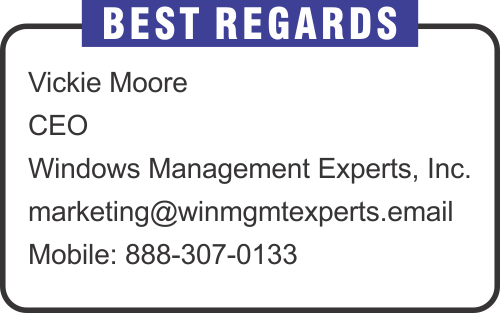Monthly Email Newsletter curated by our Top Editors

We recently outlined the benefits of mobile device management (MDM), and some of the distinctions between mobile device management and application management enrollments. In this article, we’ll further detail the different mobile device management platforms available and a surprising option you may not even realize you already have!
Enterprise mobility management is a booming field, so it is unsurprising that there are hundreds of companies competing for market share. VMware, Citrix, IBM, and even the reinvigorated Blackberry company offer their own device management platforms. While you may be familiar with those names, not all of the companies you’ll find on ranking or software review sites have such established reputations.
Despite the gradual rollout of COVID-19 vaccinations, many businesses and industry experts expect another heavily remote year. Workers across various industries have proven their ability to complete their work with little onsite supervision, and as a result, many businesses have created permanent policies to accommodate working from home either part-time or full-time. Considering businesses in more “traditional” industries like banking are cutting office space, there’s a high likelihood that remote work policies will impact hiring trends.
Whether your business returns to the office, stays fully remote, or offers a healthy mix of the two, it is always crucial to maintain secure access to your company’s data. To accommodate remote work and stay competitive in the global market, organizations often issue laptops or smartphones to employees. However, with any type of off-site access to your corporate servers or data, you need to protect your business with an enterprise mobility management (EMM) program, which encompasses mobile device management (MDM) and mobile application management (MAM).
The United States is reaching the one-year anniversary of life under COVID-19 restrictions, and researchers have published study after study about the ongoing impacts on the lives of teachers, healthcare workers, frontline retail workers, women, and the service industry. Now, new research from AppDynamics indicates that the pandemic has been detrimental to in-house IT professionals as well.
IT administrators and engineers have been forced to implement entirely new systems at breakneck speeds. The overall IT strategy for a company operating with remote or hybrid work environments involves an unprecedented level of IT complexity.
One of the most common questions we get from small and medium-size businesses is, “What’s the difference between the Microsoft Azure Cloud and SharePoint? Which one do I need?”
It’s a great question, and one that is both simple and complicated to answer. Of course it will be different for every company, but in this article, we will try to create a quick resource and provide foundational knowledge so non-technical decision-makers can choose between Azure Cloud and SharePoint.
On a recent interview series “Marketing for the Now,” host Gary Vaynerchuk invited Brad Anderson, former corporate vice president, Microsoft 365, to discuss the future of work in context of the monumental shifts resulting from the COVID-19 pandemic.
You can watch the full 10-minute video here, but we’ve curated a list of key takeaways for our audience. Read on for the highlights:






